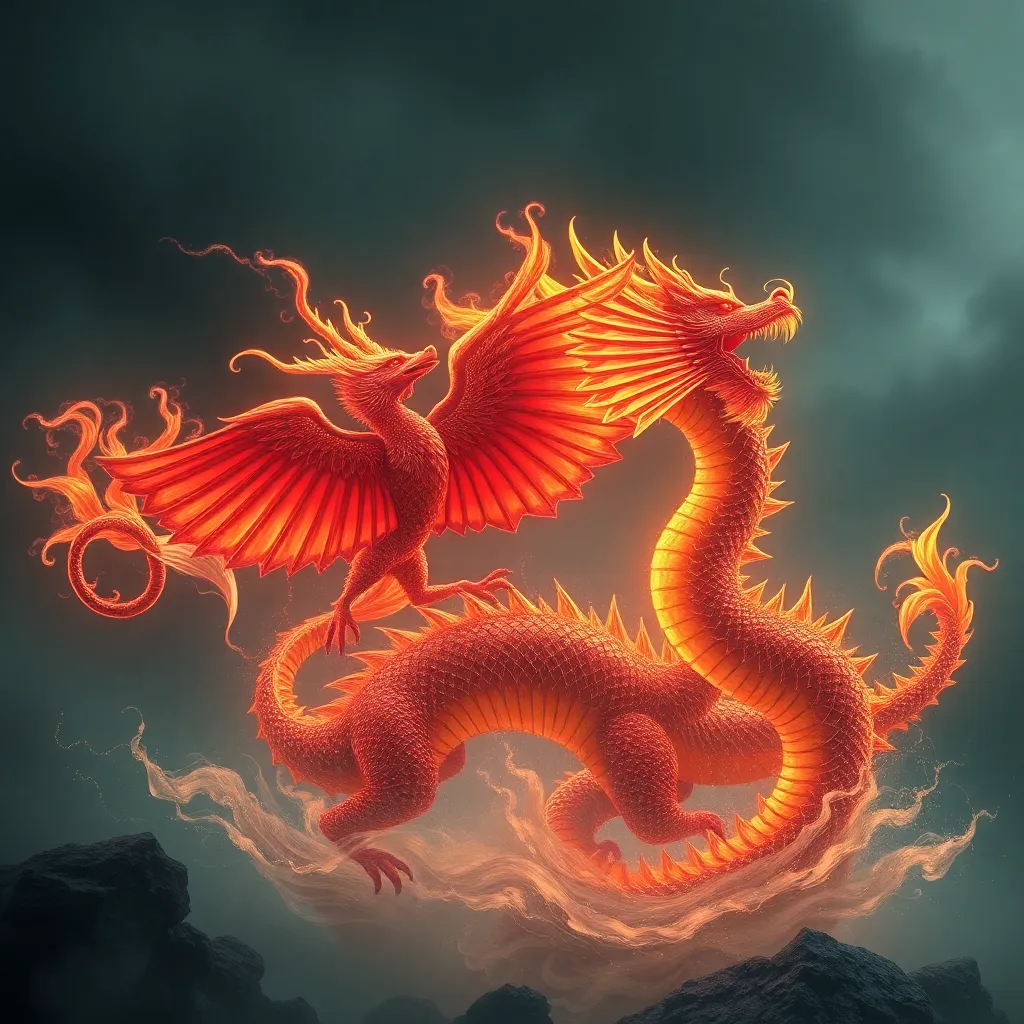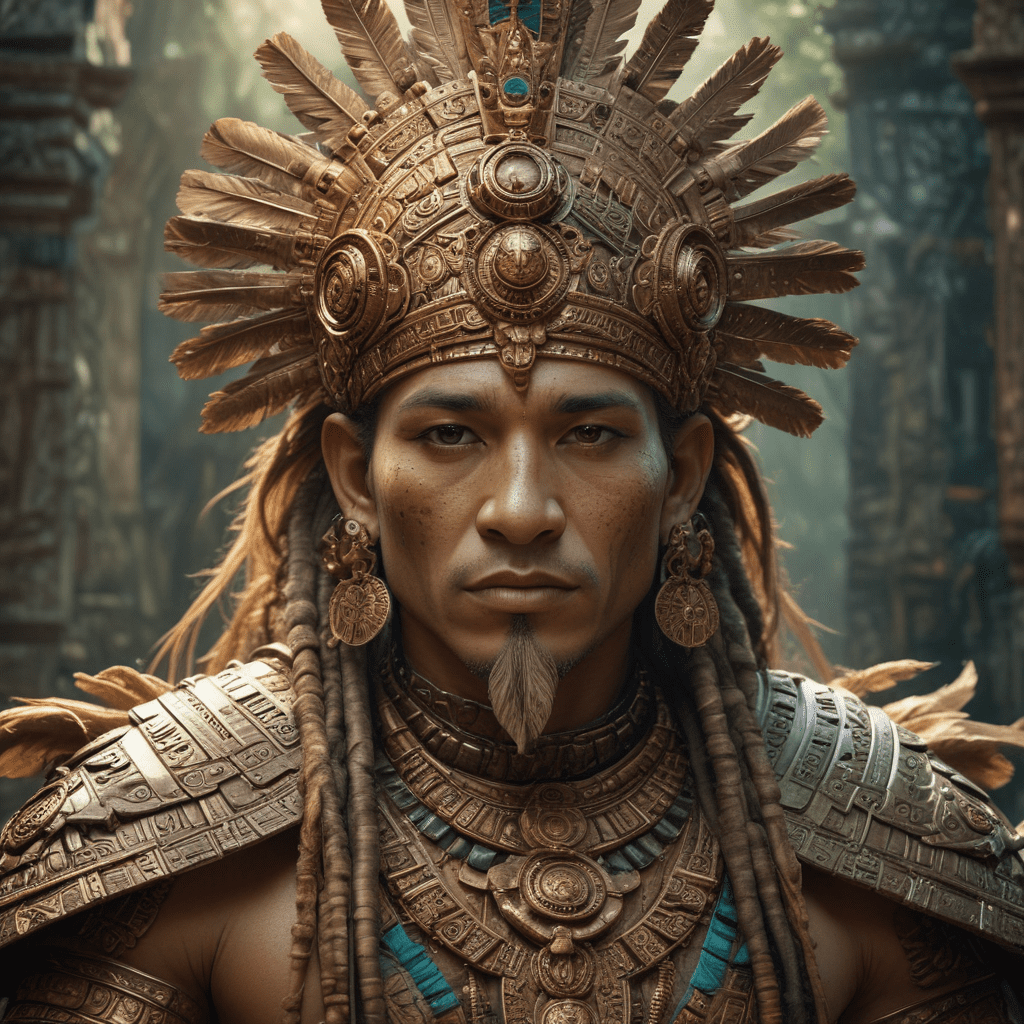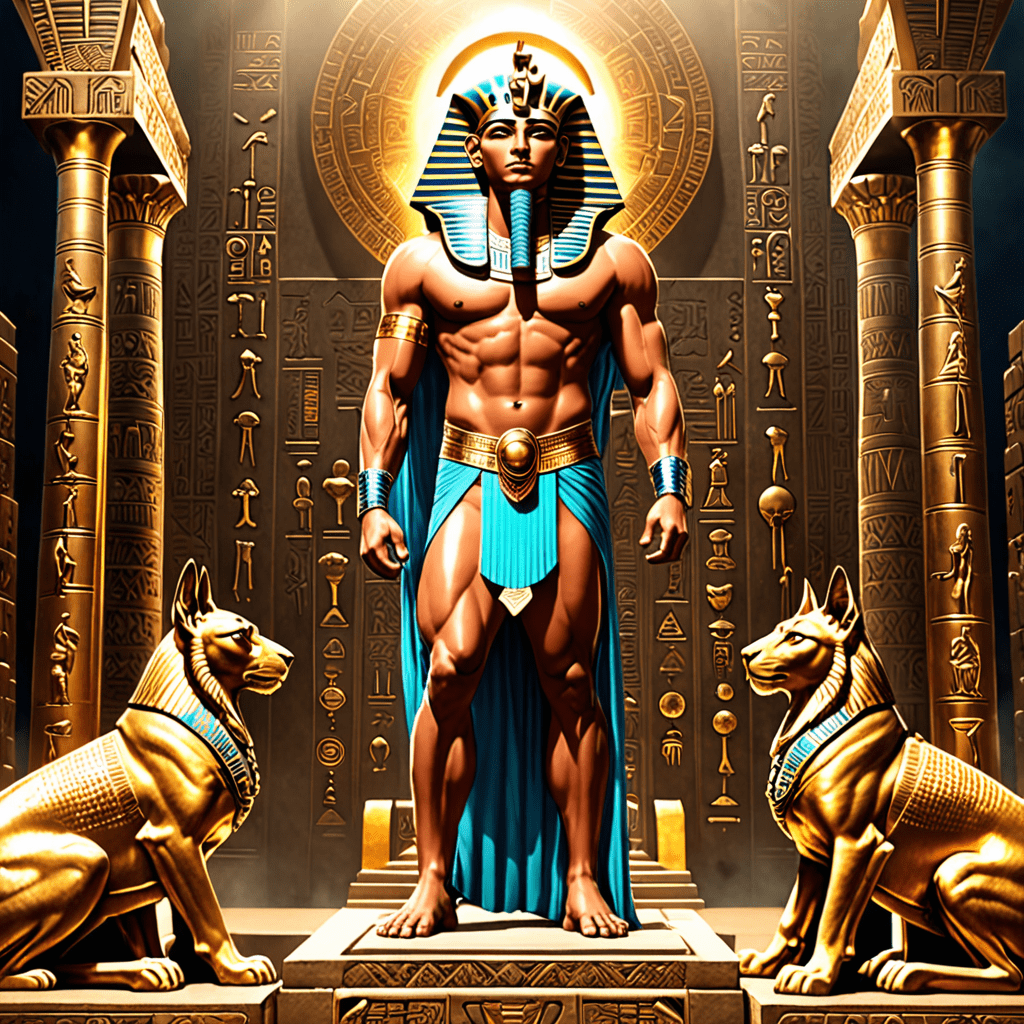The Firebird and the Dragon: A Tale of Balance and Transformation in Chinese Legend
I. Introduction
Chinese mythology is rich with narratives that reflect the complexities of human existence, the natural world, and the interplay of elemental forces. Among the myriad of characters in this vast tapestry, the Firebird and the Dragon stand out as powerful symbols. Each embodies unique attributes and cultural significance, contributing to the overarching themes of balance and transformation in Chinese lore. This article explores the tale of the Firebird and the Dragon, delving into their symbolic meanings and the lessons they impart within the broader cultural context.
II. The Symbolism of the Firebird
The Firebird, often depicted with vibrant plumage and a radiant aura, represents a myriad of characteristics and attributes:
- Beauty and Grace: The Firebird’s striking appearance captivates all who behold it, symbolizing beauty in nature.
- Resilience: The Firebird is known for its ability to rise from its ashes, embodying the concept of renewal.
- Transformation: This creature’s cyclical nature signifies change and the transformative power of fire.
In Chinese philosophy, fire holds significant meaning, often associated with passion, energy, and creativity. It serves as a metaphorical force that can either create or destroy, representing the dual nature of existence. The Firebird, as a symbol of rebirth and transformation, illustrates this duality by showcasing how destruction can lead to new beginnings. Its ability to rise anew from the flames resonates with the idea that adversity can foster personal growth and renewal.
III. The Dragon’s Role in Chinese Mythology
The Dragon occupies an esteemed position in Chinese mythology, revered for its wisdom and strength. Some key attributes of the Dragon include:
- Power: Known as a protector and a bringer of good fortune, the Dragon symbolizes power and authority.
- Control over Water: Traditionally, Dragons are associated with rain and rivers, representing life-giving forces.
- Wisdom: The Dragon is often depicted as a wise being, capable of providing guidance to those who seek it.
This majestic creature’s connection with water is paramount in Chinese culture, where water symbolizes fluidity, adaptability, and life. The Dragon’s role in controlling storms and ensuring bountiful harvests further cements its status as a vital figure in the mythology of China.
IV. The Duality of Fire and Water
The elemental conflict between fire and water encapsulates a fundamental duality in Chinese thought. While fire represents passion and transformation, water embodies calmness and adaptability. This dichotomy raises profound philosophical implications:
- Yin and Yang: The interplay between fire (yang) and water (yin) reflects the balance of opposing forces in the universe. Each element possesses qualities that can either conflict or harmonize with the other.
- Harmony in Opposition: The relationship between fire and water illustrates the importance of finding equilibrium between contrasting elements. In nature, this balance is essential for sustaining life.
The quest for harmony between fire and water is not only a battle of elements but also a metaphor for the human experience, where individuals seek to reconcile their own internal conflicts and strive for balance in their lives.
V. The Narrative Arc of the Tale
The tale of the Firebird and the Dragon unfolds as a rich narrative filled with conflict, resolution, and transformation. Key events in the story include:
- The Encounter: The Firebird and the Dragon initially clash, representing the elemental conflict between fire and water.
- Understanding and Respect: As the tale progresses, both characters begin to understand each other’s strengths and weaknesses, leading to mutual respect.
- Collaboration: Ultimately, the Firebird and the Dragon learn to work together, embodying the harmony that arises when opposing forces unite.
The relationship dynamics between the Firebird and the Dragon illustrate the transformative power of understanding and cooperation. Their journey from conflict to collaboration serves as a powerful allegory for personal growth and the importance of fostering relationships across differences.
VI. Themes of Balance and Harmony
The theme of balance is central to the narrative of the Firebird and the Dragon. Analyzing this theme reveals several insights:
- Coexistence: The tale emphasizes the idea that opposing forces can coexist and complement each other when approached with understanding.
- Mutual Growth: The interactions between the Firebird and the Dragon lead to growth for both characters, showcasing that collaboration enriches lives.
- Moral Lessons: The story teaches that balance is not merely the absence of conflict but rather an active process of negotiation and understanding.
Through their interactions, the Firebird and the Dragon exemplify how balance can be achieved, offering moral lessons that resonate across generations.
VII. Cultural Impact and Modern Interpretations
The influence of the Firebird and the Dragon extends beyond mythology into contemporary culture. Their legacy is reflected in various forms:
- Art: Many artists draw inspiration from the vivid imagery of the Firebird and the majestic Dragon, creating works that celebrate their symbolic meanings.
- Literature: The tale has been retold in numerous forms, from traditional literature to modern novels, emphasizing its timeless appeal.
- Popular Media: The Firebird and the Dragon frequently appear in films, animations, and games, captivating new audiences with their story.
The enduring legacy of these symbols in modern Chinese society is a testament to their significance, as they continue to inspire discussions about balance and transformation in the contemporary world.
VIII. Conclusion
In conclusion, the tale of the Firebird and the Dragon serves as a profound narrative exploring the themes of balance and transformation. These symbolic figures encapsulate essential aspects of Chinese mythology, illustrating the importance of understanding and cooperation in overcoming conflict. As we reflect on their story, we are reminded of the lessons it imparts, which remain relevant in our personal lives and society today. The ongoing quest for balance and harmony invites us to embrace transformation, fostering growth in ourselves and our communities.




